What would the energy system anticipated by the third industrial revolution be like? The Futures Clinique, “Creating the Third Industrial Revolution”, was held at Sitra’s offices on 6 May 2015, and was attended by 70 participants. The Futures Clinique was conducted by the Finland Futures Research Centre (FFRC) of the University of Turku. It was part of the Neo-Carbon Energy project funded by Tekes, as one of their strategic research openings. The project was organised conjointly by FFRC, the Technical Research Centre of Finland VTT Ltd (co-ordinator) and Lappeenranta University of Technology (LUT). Tiina Kähö from Sitra – who introduced the meeting – has been closely following the forecasting part of the project, where the focus is on citizens’ viewpoints on the energy system’s changes and the larger shifts in lifestyles and in society as whole.
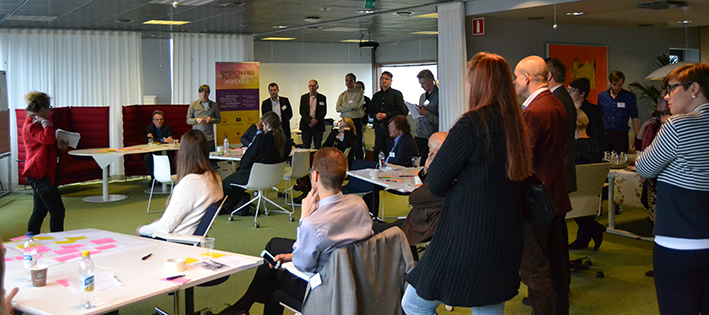
The starting point for the envisioned energy system is a novel way of carbon thinking. Energy is produced mainly using wind and solar power – energy sources that are cost-effective, emission-free and available for all. Carbon dioxide collected from the atmosphere and hydrogen produced by renewable energy are used as feedstock for chemicals, fuels and materials. Industrially, these raw materials can already be used to produce all the products known to us. Wide-scale energy storage has been addressed by using synthetic fuels, such as synthetic natural gas, for use in the event of sunless and windless periods. The manufactured fuels, chemicals and materials are identical in composition to those produced from oil, and they can be shared for industrial or consumer use, or be used instantly, for example as vehicle fuel.
At the Futures Clinique we examined the possibilities for future societies and concrete solutions. The thesis of third industrial revolution by Jeremy Rifkin was the focus. In the third potential stage of industrialisation, the production shifts back from the factories to the smaller production units and their networks. The transition enables renewable, diffused and cost-effective energy sources and digital production systems, for example 3D printing. The internet provides the communication infrastructure for the third stage and, accordingly, energy is shared via the “energy internet” or the “energy cloud” (enernet).
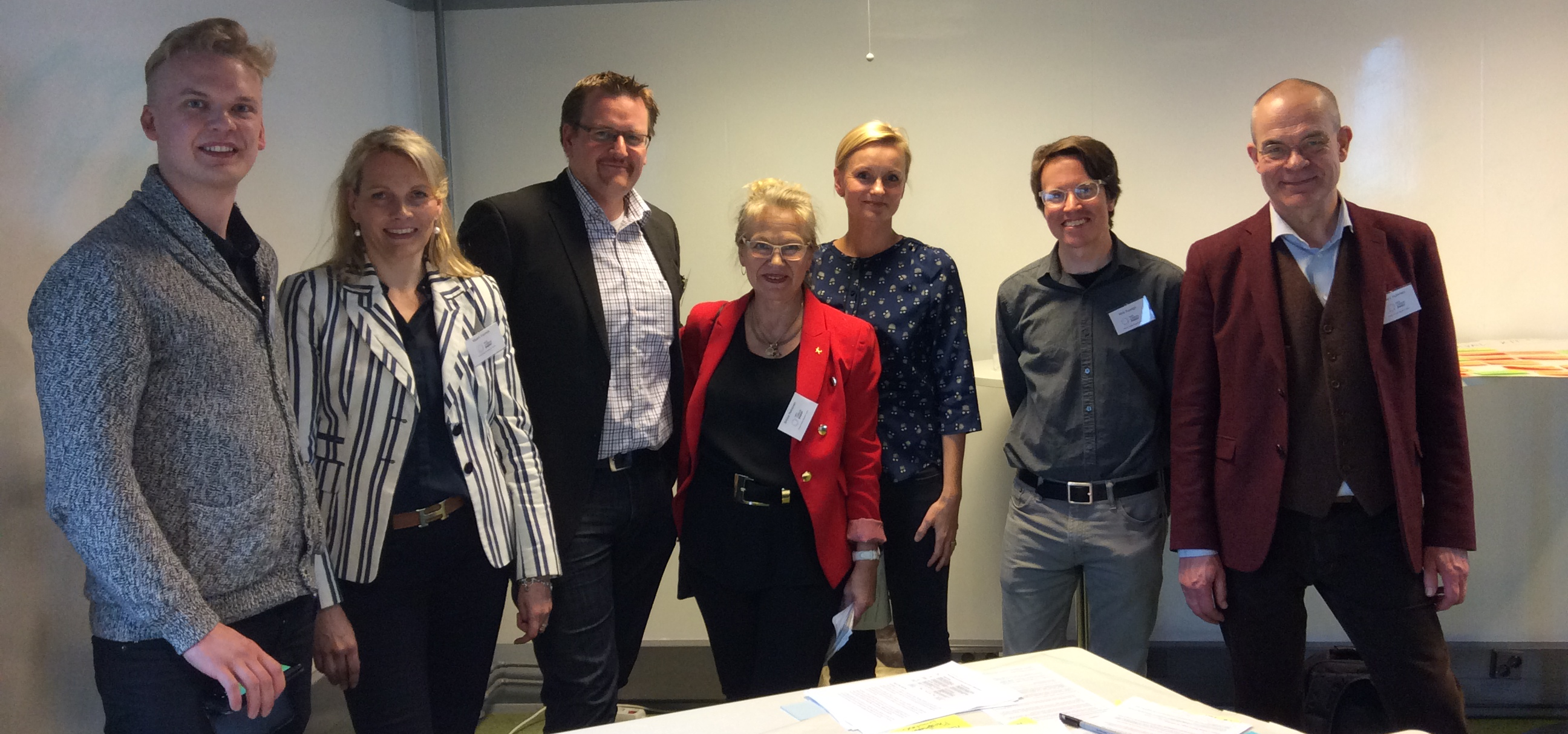
In the future, the economy would be efficient when producing benefits for other sectors of society. Organisations and societies that proactively exploit the potential of the new energy world will be the forerunners, and will survive the large “tsunami” ahead of us. During such a transformation we would move away from the models representing the old world and ageing technology: emission-intensive and environmentally unfriendly fossil energy as well as expensive high-risk nuclear energy.
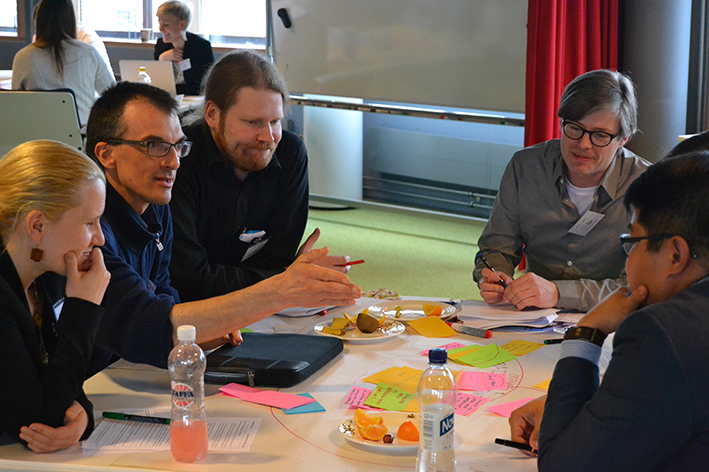
The participants at the Futures Clinique worked in eight groups. Two groups concentrated on each of the four scenarios representing the Neo-Carbon Energy model: Radical Start-Ups, Value-Driven Techemoths, Green DIY (Do-It-Yourself) and New Consciousness. The needs for things such as special development areas of renewable energy and communal hubs, experiments, allowable errors as a part of learning process and basic income were identified. Furthermore, the following emerging issues came under focus: energy clouds, personalised energy profile, a novel yimby (yes in my back yard) responsibility and new, agile, unthought-of economic agents rapidly replacing the representatives of the old operational models. The aforementioned examples are just a sample of the Futures Clinique results that are documented in a separate report (to be published in FFRC eBOOK series). The future will not be changed with Don Quixote-esque attacks against pre-existing structures. According to an incisive assessment by Buckminster Fuller (1895–1983), true transformation happens only once we are able to outline a new model making an existing (unsustainable and impractical) model outdated.
For further reading:
- Neo-Carbon Energy project web page
- Neo Carbon Energy project brochure on Finland Futures Research Centre web page
- The vision of Neo-Carbon Energy project: A 100% renewable energy system in Finland
- Presentation by Sirkka Heinonen at the Futures Clinique 6 May 2015
- Video: Futures provocation by Sirkka Heinonen at the Futures Clinique 6 May 2015
- Video: Neo Carbon Energy: Future Energy System
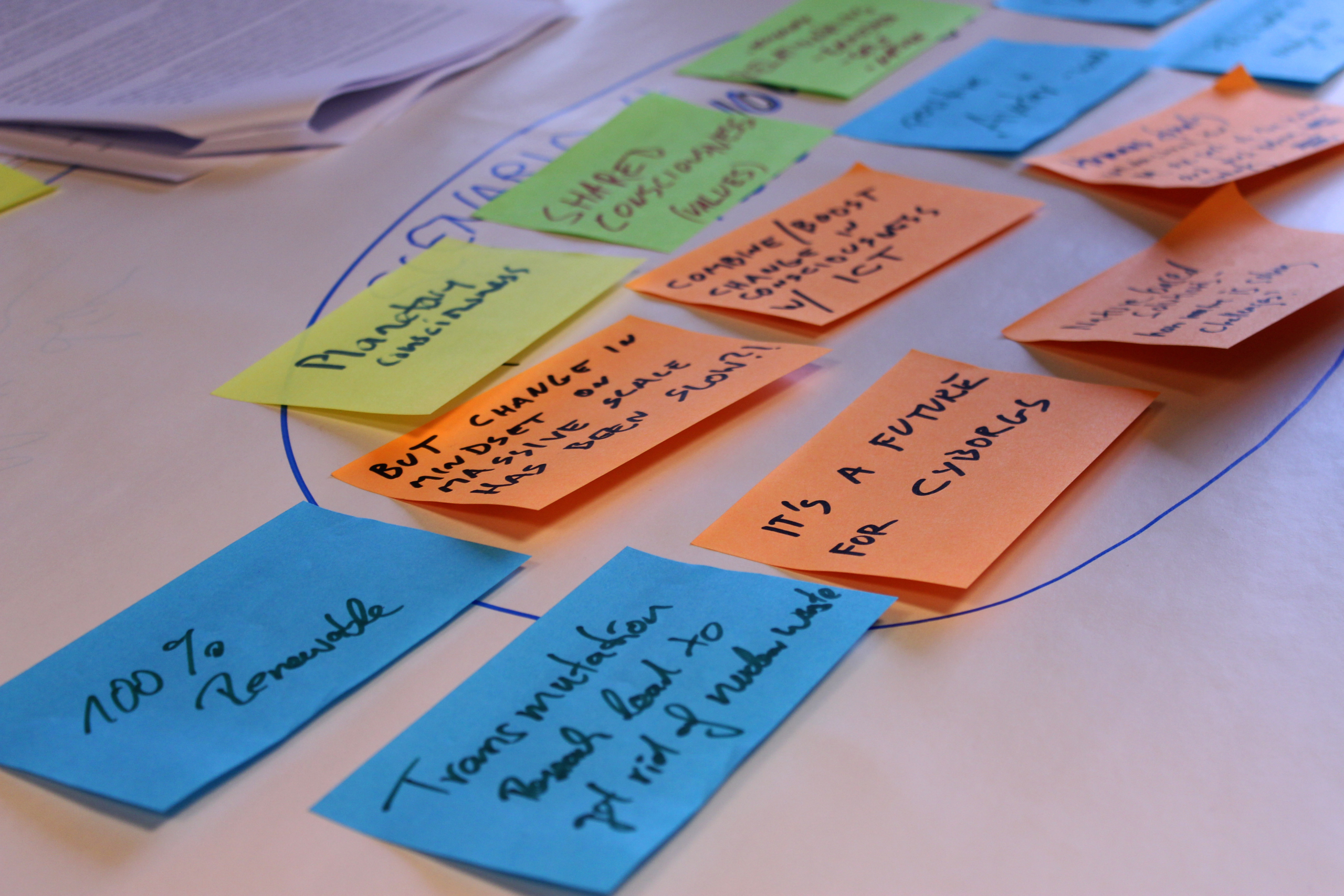
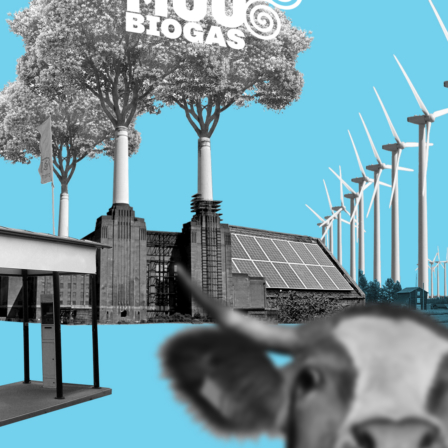
Recommended